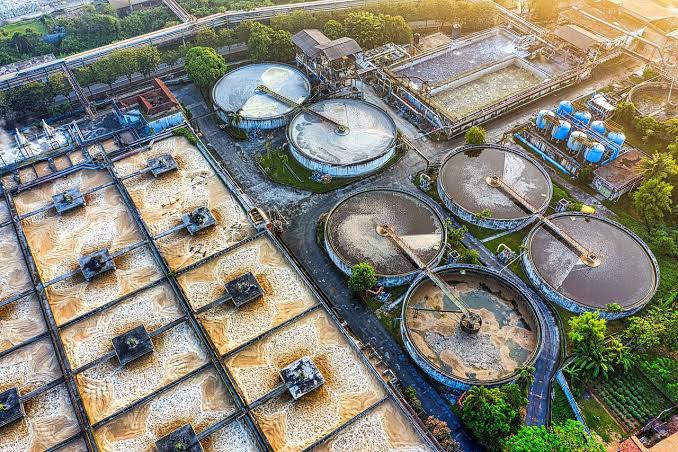Smart Water Infrastructure: How Advanced Valves Are Powering the Future of Water Management

As the global population rises and cities expand, the demand for efficient, resilient, and sustainable water infrastructure has never been greater. From climate change pressures to aging utility networks, the challenges facing water management systems are growing more complex. In response, the industry is embracing smarter, more innovative technologies — and at the heart of this evolution lie the often-overlooked heroes of hydraulic systems: valves.
Today, hydraulic control valves and air release valves are not just mechanical components; they are critical elements in the digital transformation of water infrastructure. These advanced solutions are helping utilities around the world ensure consistent water pressure, prevent pipe bursts, minimize losses, and integrate seamlessly with smart monitoring systems.
The Role of Hydraulic Control Valves in Intelligent Water Management
Hydraulic control valves are essential to maintaining safe and stable water flow across large-scale distribution networks. These valves automatically respond to changes in pressure or flow, regulating and optimizing water delivery in real time.
Modern systems are increasingly deploying hydraulic control valves that can integrate with SCADA and IoT platforms. This enables remote monitoring and control, reducing the need for manual intervention and allowing utility operators to identify problems — such as leaks or pressure anomalies — before they escalate into costly failures.
By intelligently managing pressure zones, these valves help extend the lifespan of infrastructure, improve energy efficiency, and reduce non-revenue water (NRW), which accounts for billions of dollars in global losses every year.
Air Release Valves: Small Components, Big Impact
While they may seem minor, air release valves are crucial to the health and longevity of a pipeline system. As water flows through pipes, air naturally accumulates and can form pockets that hinder flow, reduce efficiency, and even cause pipe ruptures due to pressure surges.
Installing the right air release valve allows trapped air to escape safely, maintaining steady flow and preventing vacuum conditions or water hammer effects.
Advanced air valves today are designed for durability, self-cleaning mechanisms, and compatibility with high-pressure systems. When integrated into modern water networks, they contribute significantly to operational reliability and system performance.
Toward Smarter, Sustainable Infrastructure
The real revolution in valve technology lies in its integration with digital monitoring tools and smart networks. By equipping valves with sensors and communication modules, utilities gain unprecedented visibility into their systems. AI and machine learning algorithms can then process this data to enable predictive maintenance, dynamic pressure management, and emergency alerts.
These innovations are especially relevant in the development of smart cities, where every drop of water must be accounted for and optimized. Whether it’s reducing energy consumption in pumps or minimizing maintenance costs, intelligent valve systems are becoming a cornerstone of future-ready infrastructure.
Global Adoption and Future Outlook
From Israel to India, and from Europe to the U.S., municipalities and private water operators are investing in valve modernization as a strategic step toward achieving water sustainability goals. Organizations like Aquestia are leading the charge by providing integrated valve solutions that combine precision engineering with digital innovation.
As more governments prioritize climate resilience, and as ESG (Environmental, Social, and Governance) criteria become central to infrastructure planning, the demand for smart flow control technologies is poised to grow rapidly.
Conclusion
In the quest for smarter, more resilient cities, water infrastructure must evolve — and valves are at the core of that transformation. Whether it’s through intelligent hydraulic control valves that manage pressure with precision, or durable air release valves that safeguard pipelines, these technologies are redefining how we manage one of Earth’s most critical resources.
For utilities, developers, and technology investors alike, the message is clear: the future of water is smart, and it starts with the flow.

Source: Smart Water Infrastructure: How Advanced Valves Are Powering the Future of Water Management



